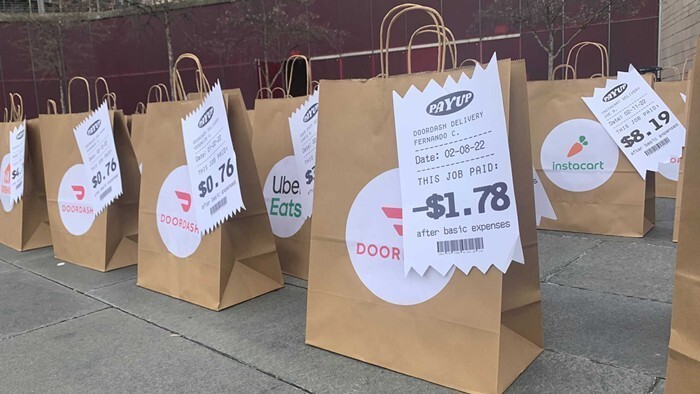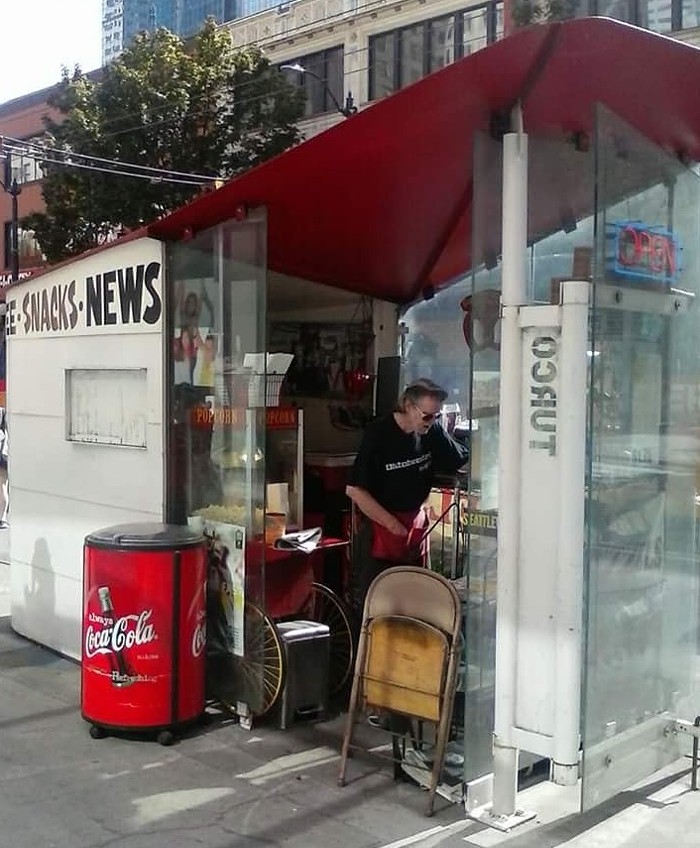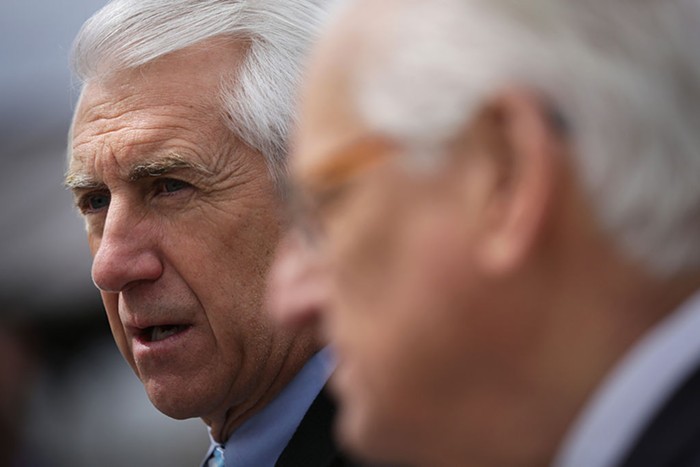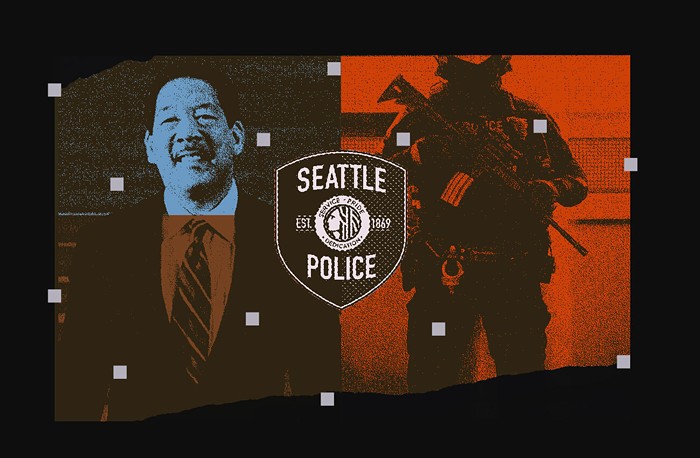The media warned us about "Carmaggedon." The Seattle Times called it "Viadoom." The Alaskan Way Viaduct would close for nine days while heavy machinery demolished southern portions of the double-decker freeway. And without the 58-year-old waterfront highway shuttling 110,000 vehicles a day through downtown, we were promised, Seattle's traffic would screech to a halt.
So on Monday, October 24—the first of five weekdays that the viaduct would be out of commission—we sent three Stranger writers into the commute to see how bad it was. You know, to be part of the problem.
After all, Governor Chris Gregoire warned last year that we needed a $4.2 billion deep-bore tunnel to replace the viaduct, or we'd face a "stalled city" that "creates literally a parking lot on I-5." The governor and several pundits have adhered to the notion—no matter how many times it has been disproved before—that commuters don't change their patterns, take alternative routes, or switch to bicycles and transit.
Are they correct? We investigated using rigorous scientific research. That is, we drove a car, took the bus, and rode a bicycle between downtown and West Seattle to see how bad Viadoom really was.
Time it usually takes: 25 minutes
Time it took with the viaduct closed: 30 minutes
I prepared for the commute to and from West Seattle by equipping myself with all the necessities: a full tank of gas, coffee, sack lunch, toothbrush, first aid kit, Bible, and handgun.
Does eliminating those lanes on Highway 99 bring Seattle to its knees, as we've been told? I started my journey from downtown Seattle at 7:40 a.m. in heavy (but flowing) traffic. Thirty minutes later, after celebrating my successful commute to West Seattle by buying a coffee on California Avenue Southwest, I turned around, expecting to crawl back to Seattle with the thousands of other commuters kneecapped by the viaduct closure. But I then merged onto a deserted West Seattle Bridge headed east, driving approximately five miles per hour over the speed limit. The round trip took just over one hour (including getting lost in Sodo, the coffee break, and stop-and-go traffic on I-5). Lest you think my trip was an anomaly, the Seattle Times saw exactly the same thing. Their headline: "Commute from West Seattle: easiest of the year?"
What happened?
"Commuters are taking advantage of transit options to avoid being stuck in traffic," says Seattle Department of Transportation spokesman Rick Sheridan, adding that travelers also opted not to take trips, rerouted trips, and left for their destinations earlier. "Travelers were getting to their destination with relatively minimal delay," Sheridan says. But he notes, "You can't necessarily draw long-term conclusions from short-term closures." Indeed, a temporary viaduct closure is different from a long-haul replacement, but claims that changing traffic patterns is impossible? Well, they're just not true. CIENNA MADRID
Time it usually takes: 27 minutes
Time it took with the viaduct closed: 37 minutes
I took the number 54 Metro bus out of downtown during the Monday evening rush hour. Normally this route travels southbound on the viaduct; instead we snaked through Pioneer Square and Sodo before taking the West Seattle Bridge. After I boarded at Third Avenue and Pine Street, the bus quickly filled to maximum capacity, and the cabin was filled with the aroma of West Seattle.
"West Seattle buses are always stinky and always crowded," said a regular bus commuter from West Seattle named Gerry. So was this more aromatic or more crowded than usual? My fellow bus riders said they woke up anywhere from 20 minutes to a whole hour early. Another woman, Dawn, was planning on taking Wednesday through Friday off work to avoid traffic. Only one couple I spoke to didn't usually take the bus. "Just the thought of two hours in a car compared to one hour in a bus was enough," the man confided.
We arrived in West Seattle just before 6:00 p.m., a painful 10 minutes later than usual. PAUL HOLMES
Time it usually takes: 20 minutes
Time it took with the viaduct closed: 20 minutes
Based on the headlines, I figured I was about to enter a no-holds-barred battle for road space—just me and my creaky bike versus irate drivers, all the way from downtown to West Seattle. So I strapped two blinking lights to my frame, put on a bright yellow jacket, and tightened my helmet, and off I went.
South on 12th Avenue in the bike lane, west on Jackson into Pioneer Square, and... nothing. There was a bit of evening commute traffic, but otherwise all was normal. Onward I pedaled, under the not-yet-being-torn-down part of the viaduct, onto a smooth and brand-new bikeway through the port-freight hell that lies south of downtown, and then suddenly I was at Viadoom ground zero: Giant orange machines were jackhammering and sawing apart the big double-decker roadway.
There was a steady stream of regular bicycle commuters heading out of downtown, wearing the kind of gear that only serious, regular riders wear. If there was fury and gridlock on the roads around us, we were blissfully unaware down there on the sea-level bike path. ELI SANDERS ![]()




















